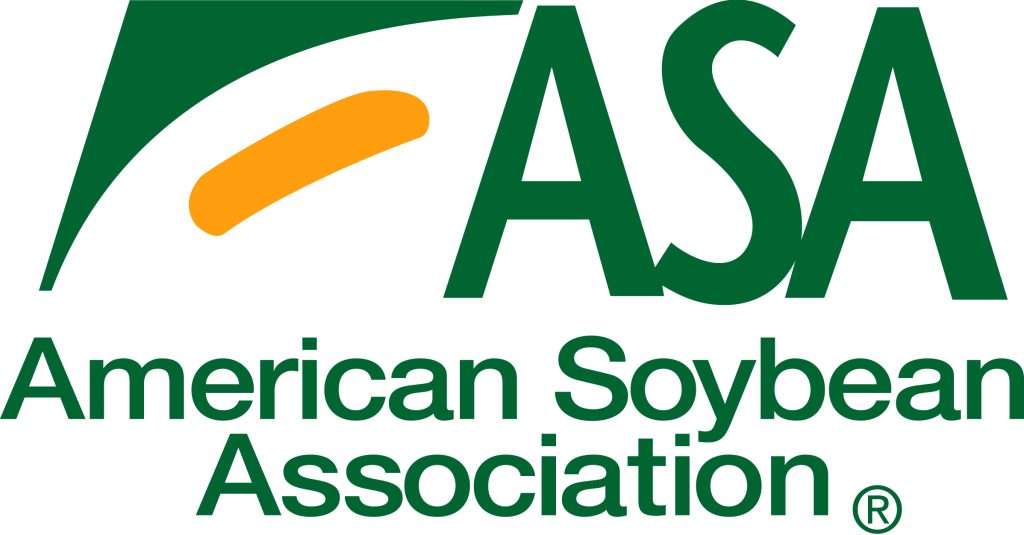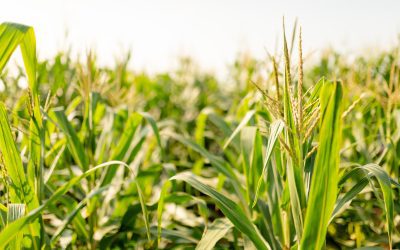By Blair Shipp, American Soybean Association
Across this country, U.S. soybean farmers are wrapping up a winter of meetings and busy preparing for the 2024 planting season. However, the fact that there’s been little movement on the farm bill in the current legislative year, especially with the uncertainty of elections and division in Congress, emphasizes how crucial it is for farmers to have strong advocacy and representation.
This is particularly important as farmers navigate the intricate and ever-changing regulatory landscape of agriculture.

With millions of dollars of product already on order and extremely limited alternatives available before spring planting, ASA was pleased by EPA’s swift actions to issue an existing stocks order on Feb. 14, and allow farmers planning to use dicamba product for 2024 to receive and use it this planting season.
This order from EPA is in response to the federal district court in Arizona Feb. 6 ruling that EPA made a procedural error in issuing 2020 dicamba registrations for over-the-top (OTT) use on dicamba-tolerant soybeans and cotton.
Because EPA did not offer a public notice and comment period before issuing the registrations, the court ruled the agency was in violation of the Federal Insecticide, Fungicide and Rodenticide Act and vacated 2020 registrations for XtendiMax, Enginia and Tavium.
Under the order, Farmers can accept “existing stocks” — previously registered pesticide products currently in the United States that were packaged, labeled and released for shipment prior to Feb. 6 (the effective date of the District of Arizona’s vacatur of dicamba registrations) within set guidelines outlined in the order.
Specifically, the order allows for the existing sale, distribution and use of existing stocks of the previously registered dicamba products that are currently in the United States and were packaged, labeled and released for shipment prior to the Feb. 6 court ruling date. In order to be eligible for use, stocks must be in the hands of retailers, co-ops, distributors or growers prior to the Feb. 6 date.
Under the order, farmers can use these existing stocks consistent with the cutoff dates from the previous registration, so up until June 30 in most soybean-producing states. Cutoff for sales and distribution of existing stocks under the order ends one month ahead of the use cutoff, so May 31 for soybeans in most states.
FIFRA gives EPA the authority to issue existing stocks orders for products that are cancelled, which is now a major priority for the soybean industry. ASA also asks for the administration’s support of an appeal of the ruling and help in seeking to stay the ruling from taking effect pending appeal.
Immediately following the Feb. 6 decision, ASA engaged heavily on this matter in D.C. and led a letter to EPA signed by 26 soy state affiliates asking the administration for help.
Herbicide use and the Endangered Species Act
EPA has proposed pesticide registration plans to meet its Endangered Species Act obligations that could significantly affect farmers’ livelihoods. With U.S. soybean farmers concerned over the impacts of these proposals, which include the Vulnerable Species Pilot Program (VSPP) and a draft Herbicide Strategy, the ASA sought a clearer picture of the potential costs the Herbicide Strategy could have — both financially and otherwise — if left unchanged.
In December, ASA conducted a survey of its farmer board members and a sample of soy growers from affiliate state soy organizations, analysis of which can be found in the Economist’s Angle column by ASA Chief Economist Dr. Scott Gerlt and Director of Government Affairs Kyle Kunkler.
EPA’s proposed Herbicide Strategy is meant to bring herbicide registrations into compliance with the Endangered Species Act. While the agency’s proposal provides a framework for this goal, it does not estimate the ability of producers to comply with potential regulations.
Similar to the VSPP, the picture painted by the ASA grower survey clearly indicates the Herbicide Strategy’s requirements for pesticide application most likely would vastly and negatively alter farm production.
Approximately 99 percent of the producers who responded to ASA’s survey would have compliance obligations under the Herbicide Strategy: The news was not good. When soybean producers were asked about their ability to meet the proposed Herbicide Strategy obligations, a striking number were not meeting the compliance requirements of the proposal.
Data indicates approximately 80 percent of producers would be incompliant with the proposal and would face moderate to extreme costs to become compliant.
Given herbicide resistance issues and a lack of comparable options reported by survey respondents, farmers would be forced to adopt pricy mitigations, accept lower yields due to weed pressure, or need to stop growing crops requiring herbicides with high efficacy point requirements. The survey indicates significant, harmful impact on U.S. agriculture if the proposal is adopted in its current form.
To read the full Economist’s Angle by Gerlt and Kunkler, to online to the ASA’s website at https://soygrowers.com/news_release_category/economists-angle/.



